best caulk for fiberglass shower surrounds
homebound
16 years ago
Featured Answer
Sort by:Oldest
Comments (7)
User
16 years agoMichael
16 years agoRelated Professionals
Palm Harbor Kitchen & Bathroom Designers · Alpine Kitchen & Bathroom Remodelers · Deerfield Beach Kitchen & Bathroom Remodelers · Gardner Kitchen & Bathroom Remodelers · Glen Carbon Kitchen & Bathroom Remodelers · Rochester Kitchen & Bathroom Remodelers · Walnut Creek Kitchen & Bathroom Remodelers · Nashville Interior Designers & Decorators · Anchorage General Contractors · Big Lake General Contractors · Centereach General Contractors · Country Club Hills General Contractors · DeKalb General Contractors · Fort Salonga General Contractors · Parsons General Contractorshomebound
16 years agohomebound
16 years agohomebound
16 years agorogerv_gw
16 years ago
Related Stories
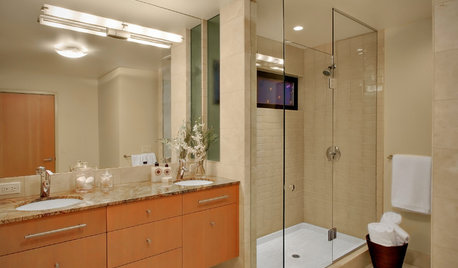
BATHROOM DESIGN7 Reasons Why Your Shower Floor Squeaks
No one wants to deal with a squeaky fiberglass shower floor. Here's what might be happening and how to fix it
Full Story
BATHROOM TILEQuick Fix: Repair Cracked Bathroom Grout
Banish an eyesore and safeguard your bathroom from water damage in 30 minutes or less with this DIY repair
Full Story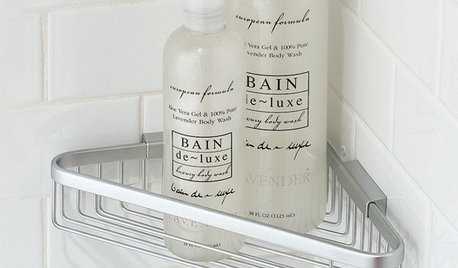
SHOWERSConvert Your Tub Space Into a Shower — Choosing Accessories
Step 5 in swapping your tub for a sleek new shower: Pick the right niches, benches and bars for the best showering experience
Full Story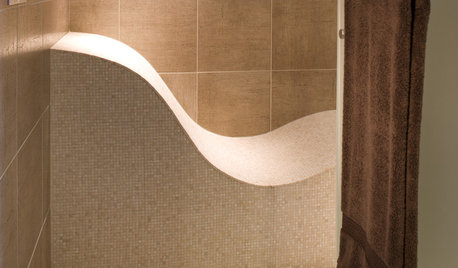
REMODELING GUIDESTop 10 Tips for Choosing Shower Tile
Slip resistance, curves and even the mineral content of your water all affect which tile is best for your shower
Full Story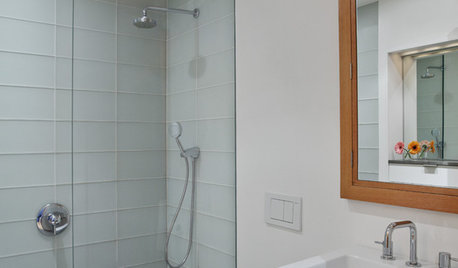
BATHROOM DESIGNConvert Your Tub Space to a Shower — the Planning Phase
Step 1 in swapping your tub for a sleek new shower: Get all the remodel details down on paper
Full Story
BATHROOM DESIGNHow to Choose the Best Drain for Your Shower
Don't settle for a cheap fix when you can pick a shower drain that suits your style preferences and renovation codes alike
Full Story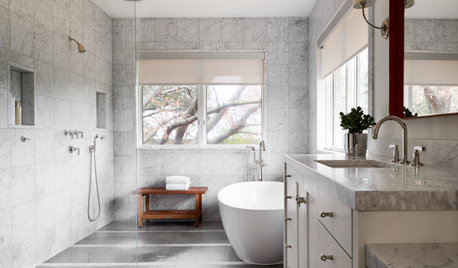
BATHROOM DESIGNDoorless Showers Open a World of Possibilities
Universal design and an open bathroom feel are just two benefits. Here’s how to make the most of these design darlings
Full Story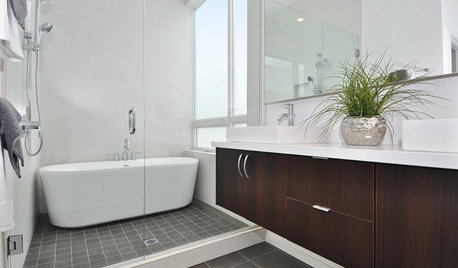
BATHROOM DESIGNWhy You Might Want to Put Your Tub in the Shower
Save space, cleanup time and maybe even a little money with a shower-bathtub combo. These examples show how to do it right
Full Story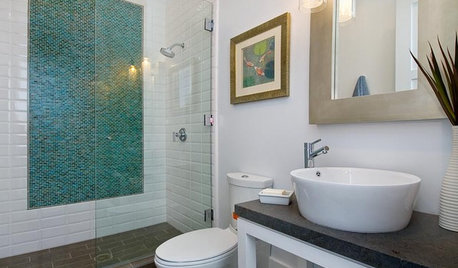
BATHROOM DESIGNAccent Tile Stands Out in the Shower
A Little of Your Favorite Tile Adds a Lot of Color and Fun
Full Story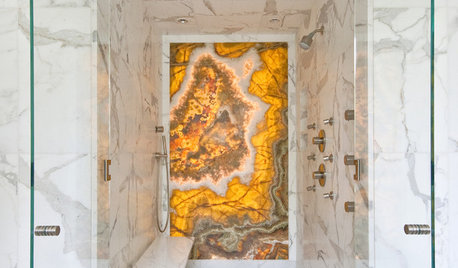
BATHROOM DESIGNHow to Build a Better Shower Curb
Work with your contractors and installers to ensure a safe, stylish curb that keeps the water where it belongs
Full StoryMore Discussions









sierraeast